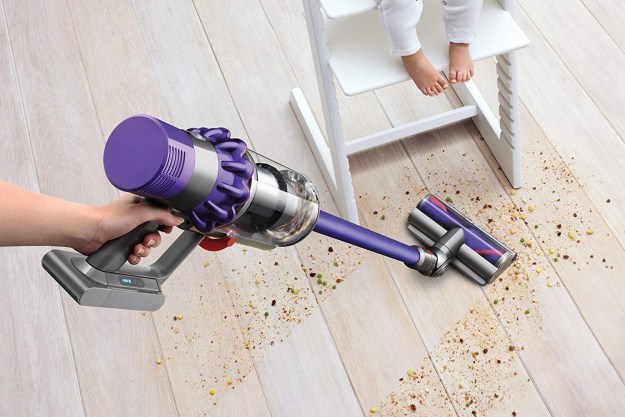If one your biggest problems with the high-tech lifestyle is that you (occasionally) have to get out of bed to enjoy it, then Leggett & Platt has a solution in the form of its Starry Night Sleep Technology Bed. Demonstrated at this year’s CES trade show, the bed offers a few things consumers might expect from a high-end bed, like temperature control and vibration-detection technology to automatically articulate sleep positions to alleviate snoring. Heck, it even keeps track of how much sleepers toss and turn and offers tips on how to get better sleep.
But no: what really sets the Starry Night Sleep Technology Bed apart from the pack are all the things that can keep you awake. The bed features an integrated surround-sound system with four eight-inch subwoofers, an audiophile-quality ribbon tweeter, and a whopping 2,500 watts of amplification. Cinema buffs will appreciate the 1080p LCD projector integrated into the headboard: it sports a 6,000:1 contrast ratio and 2,000 lumens of brightness. Oh, and where will you keep your music and movies? In the integrated 1.5 terabytes of disc storage, with the integrated 4 GB Windows Media Center operating system tucked away on a solid-state drive for ultra-quiet operation and fast seek times. Sleepers can manage their media with a wireless RF remote (which also handles DVR functions), and the bed sports an iPod docking station. You might as well charge the thing because, let’s face it, you aren’t taking it anywhere.
The Starry Night Sleep Technology Bed will run from $20,000 to $50,000, depending on customers’ customized features, and should be available in the first half of 2009.
By then, Leggett & Platt might offer optional technology to alleviate bed sores.
Editors' Recommendations
- How to arm your SimpliSafe system at night
- How smart is too smart for your pets?
- Homey probably works with all your smart devices. And it respects your privacy
- 5 useful robots that will make your annoying chores fun again
- Put a $27 Roku media player under your Christmas tree with this Walmart deal


